Operation Tidal Wave
On August 1, 1943, US Army Air Forces bombed oil refineries in Ploesti, Romania. It was part of the Allies’ oil campaign, to cut off Germany’s petroleum supply during World War II.
Happy Holidays! Enjoy a FREE 2026 Stamp Calendar With Purchases of $100 or More. While Supplies Last
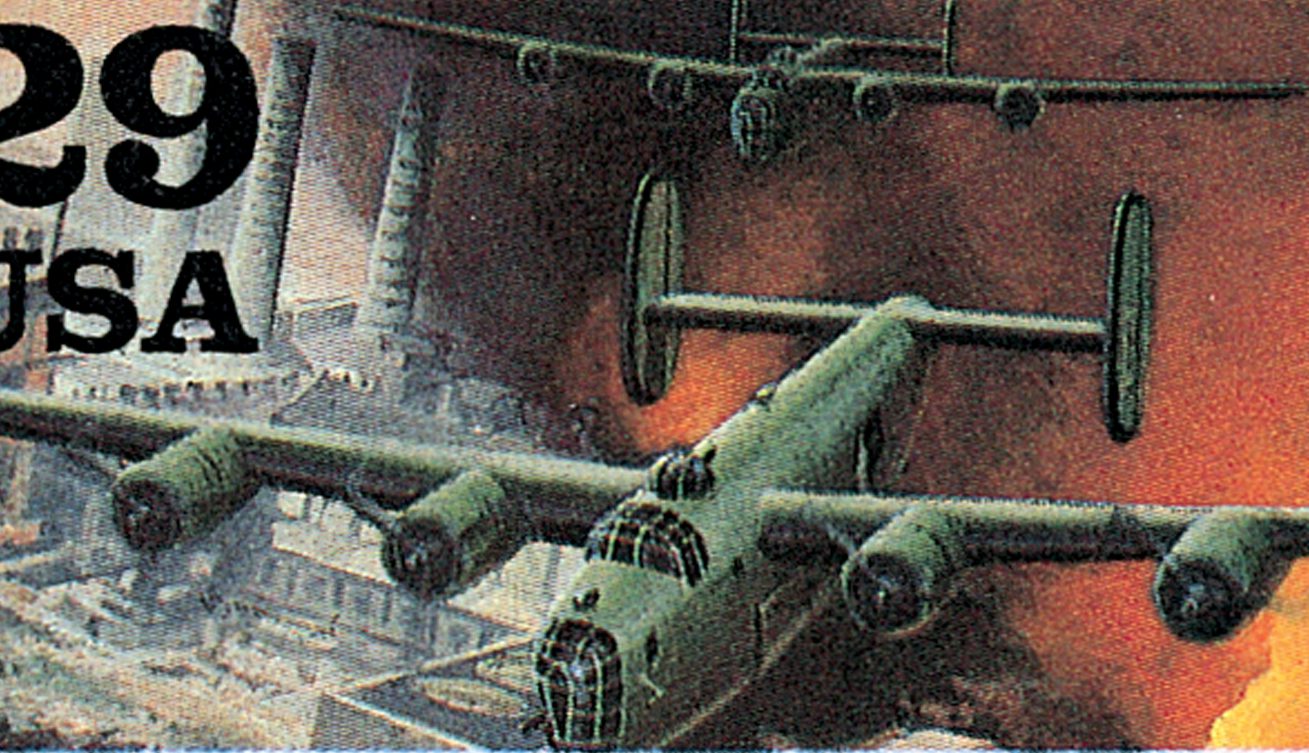
On August 1, 1943, US Army Air Forces bombed oil refineries in Ploesti, Romania. It was part of the Allies’ oil campaign, to cut off Germany’s petroleum supply during World War II.
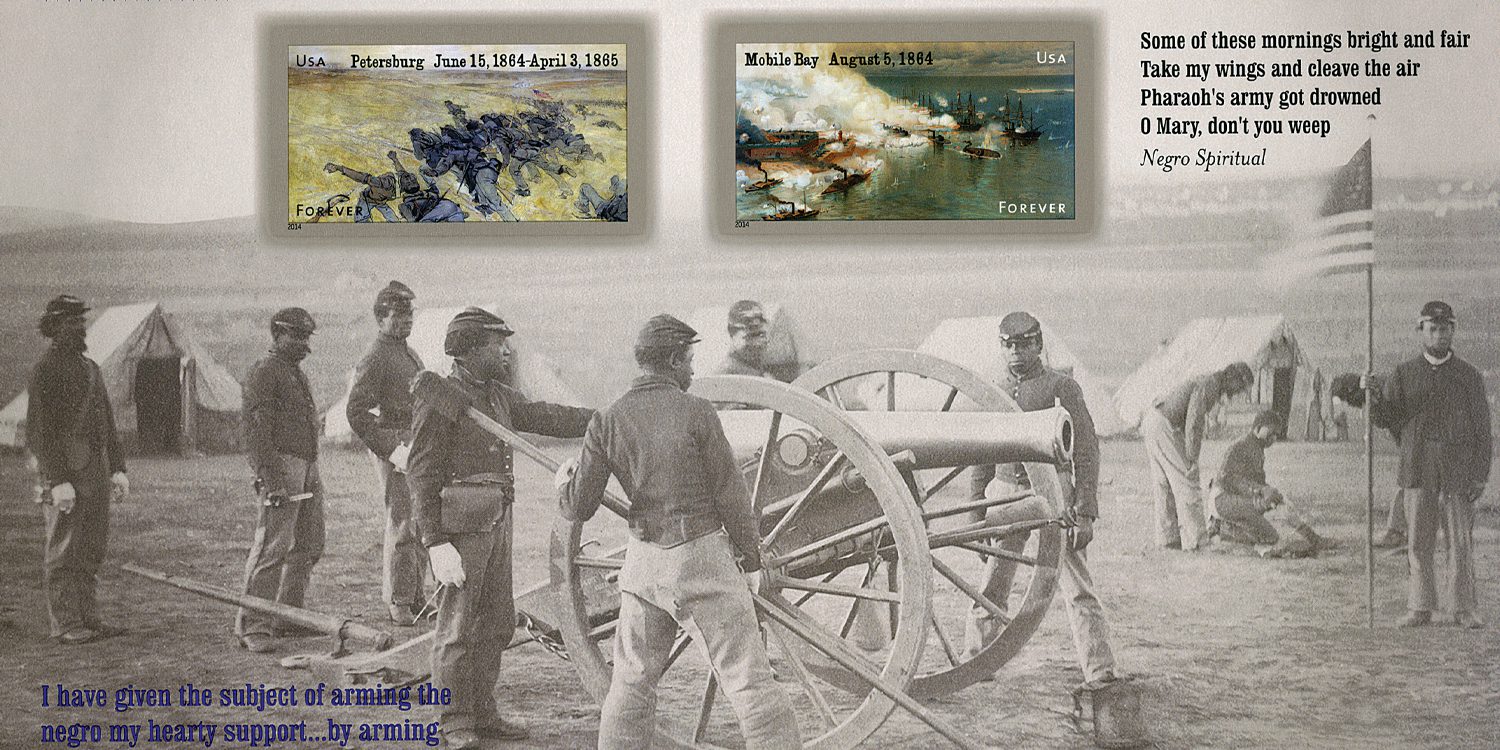
On July 30, 1864, Union forces launched the surprise Battle of the Crater. They dug tunnels under Confederate positions and set off explosives to catch them by surprise, but poor decisions led the battle to turn against them.
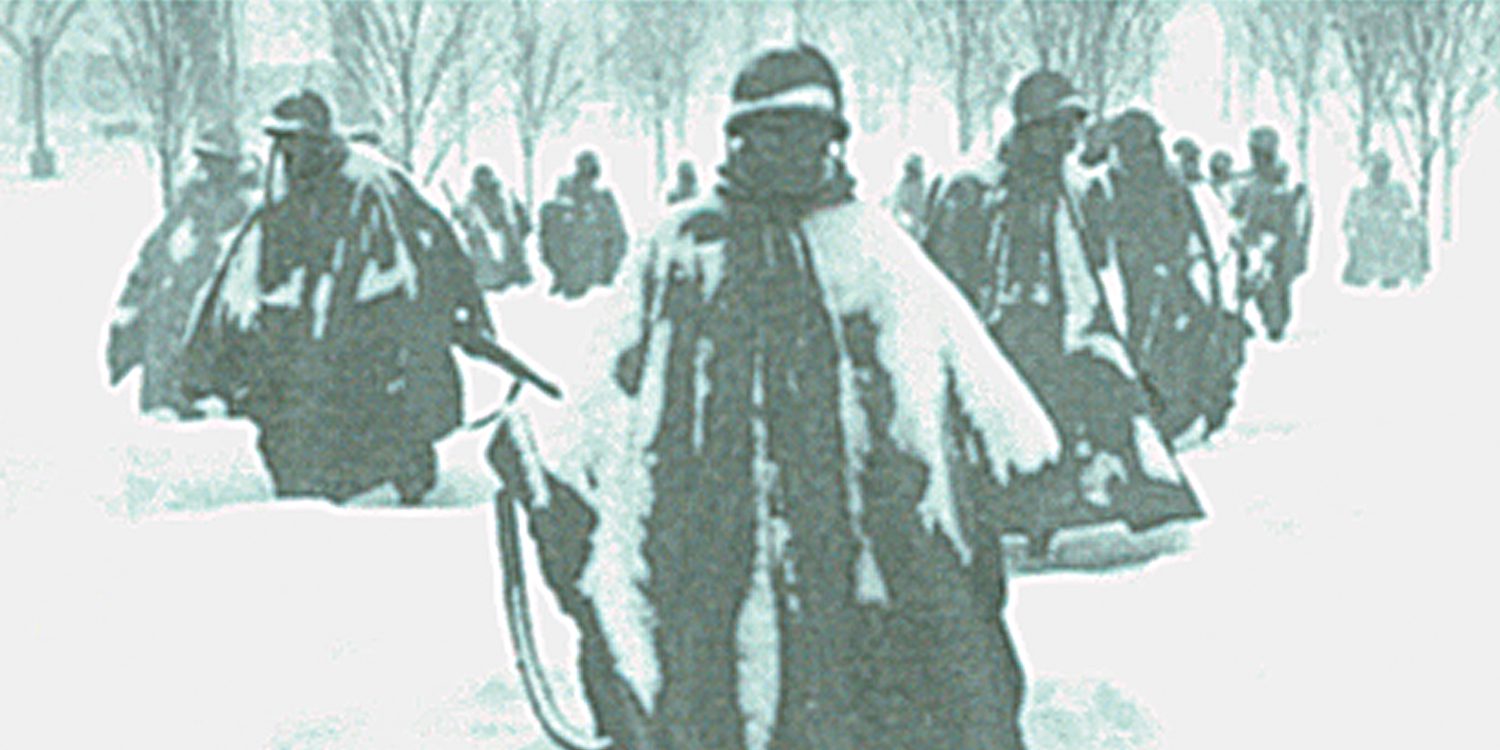
The Korean War Veterans Memorial was officially dedicated on July 27, 1995, the 42nd anniversary of the armistice that ended the Korean War. This stamp was issued eight years later and led to a federal court case!
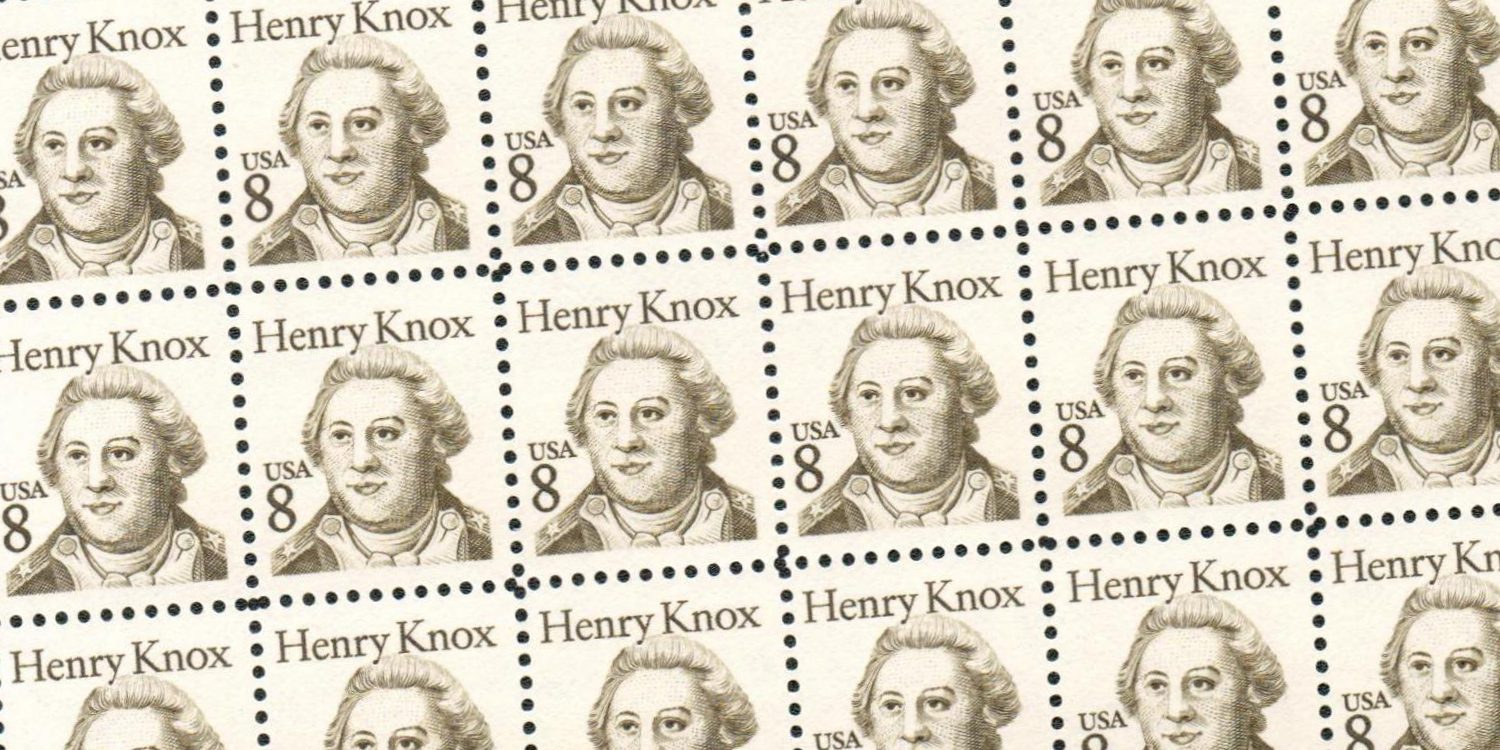
Henry Knox was born on July 25, 1750, in Boston, Massachusetts. He was George Washington’s right-hand man during the American Revolution and participated in most of the war’s major battles.

On July 21, 1861, Confederate forces won the First Battle of Bull Run, also known as the Battle of First Manassas. It was the first major land battle of the Civil War and the grisly fighting led both sides to realize that the war wouldn’t be won quickly.
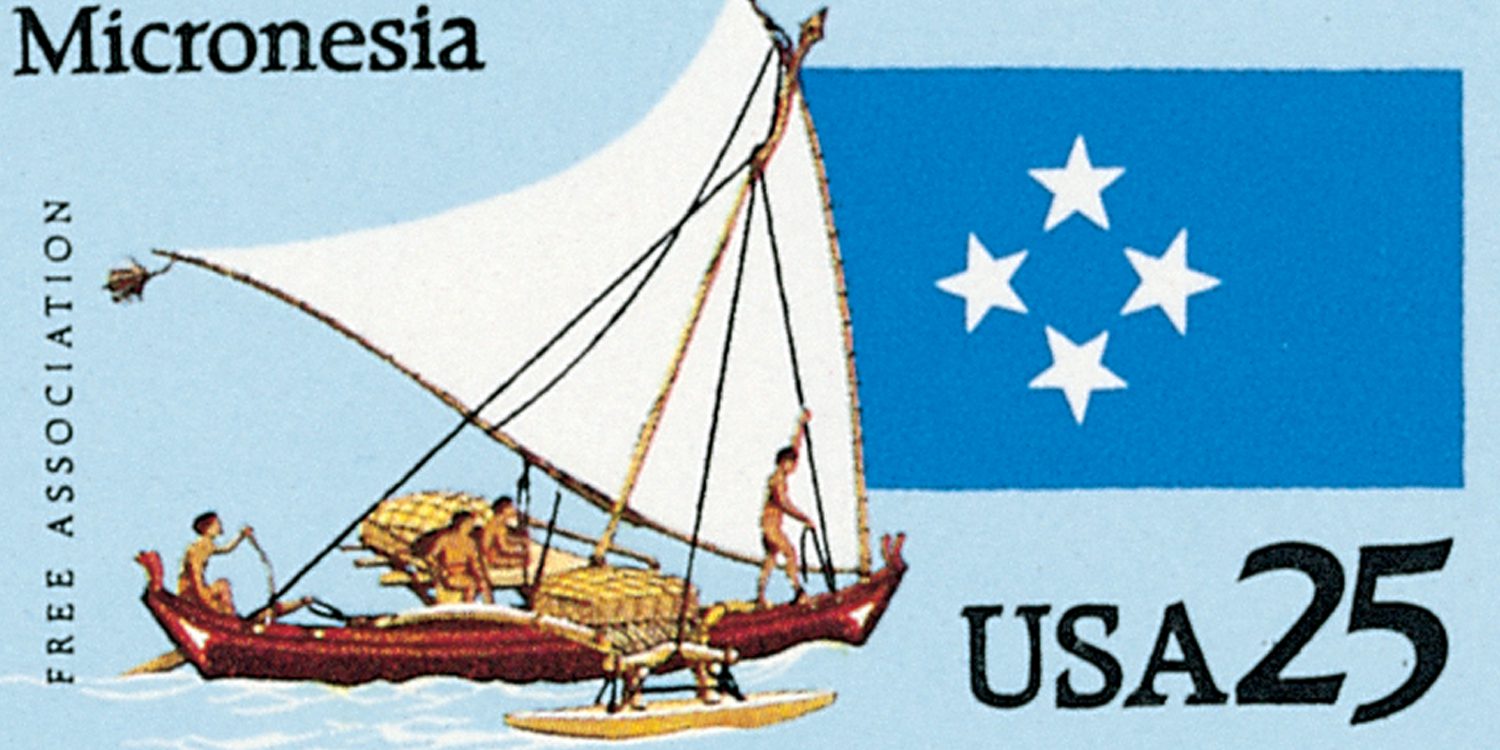
On July 18, 1947, the United Nations established the Trust Territory of the Pacific Islands (TTPI) to be administered by the United States. The TTPI was founded to help these small islands recover in the wake of World War II.

Woodrow Wilson Guthrie was born on July 14, 1912, in Okemah, Oklahoma. He was a major figure in American folk music, writing over 1,000 songs, including his most famous, “This Land is Your Land.”
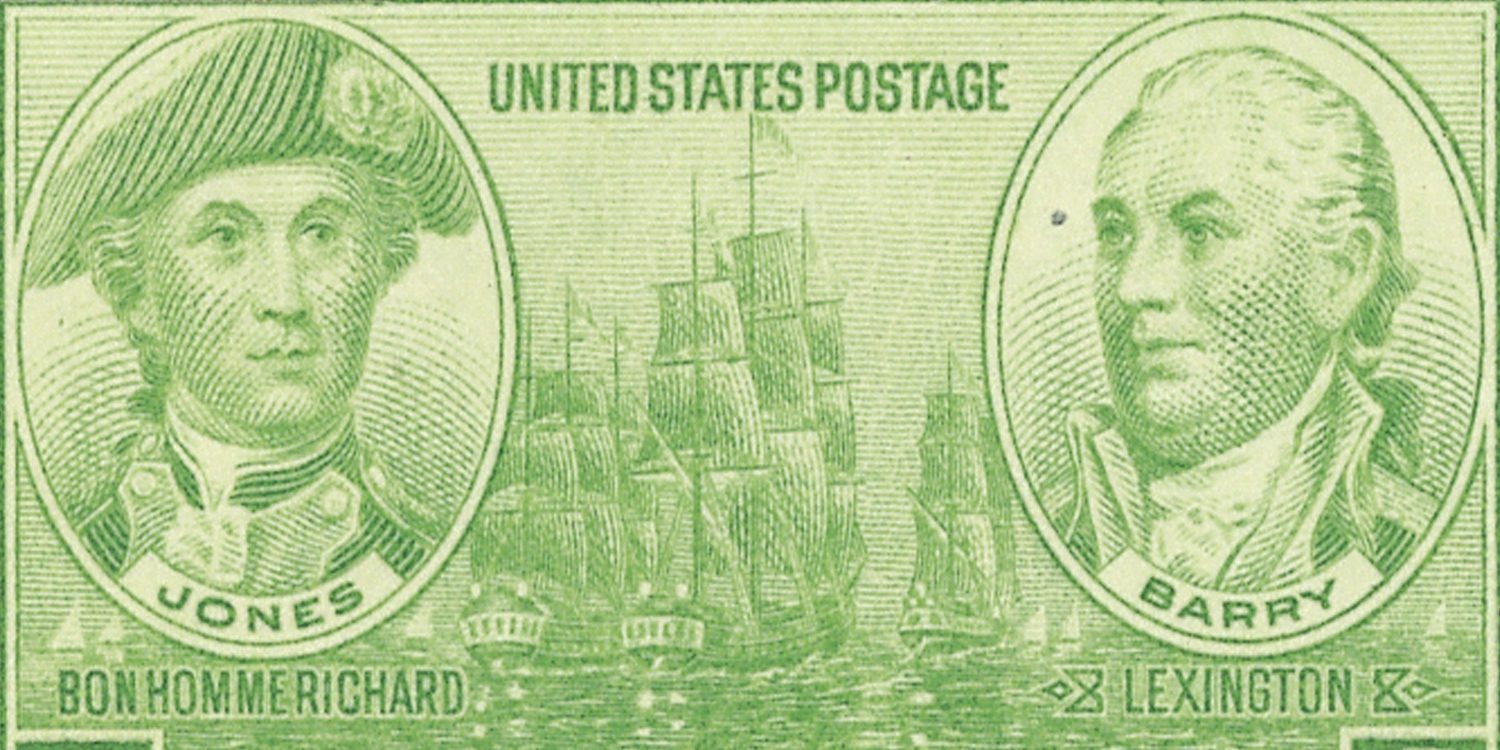
Naval commander John Paul Jones was born John Paul on July 6, 1747, in Arbigland, Kirkcudbright, Scotland. Jones served with distinction during the American Revolution and has been called the Father of the American navy.
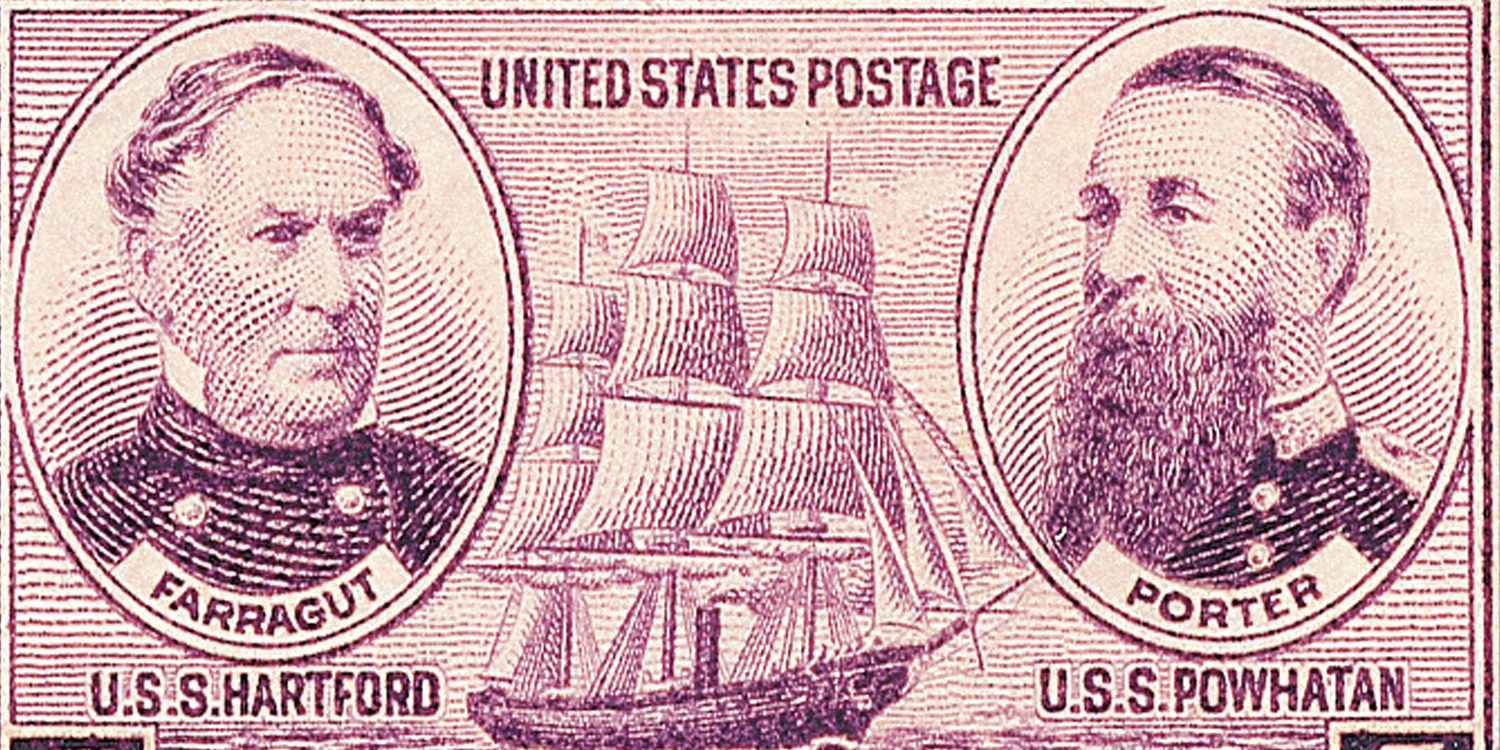
David Glasgow Farragut was born in Campbell’s Station (now Farragut), Tennessee, on July 5, 1801. A Civil War naval commander, the rank of admiral was created specifically for him.